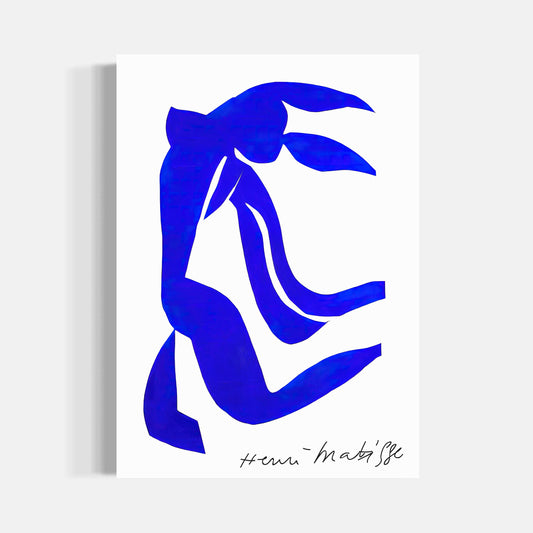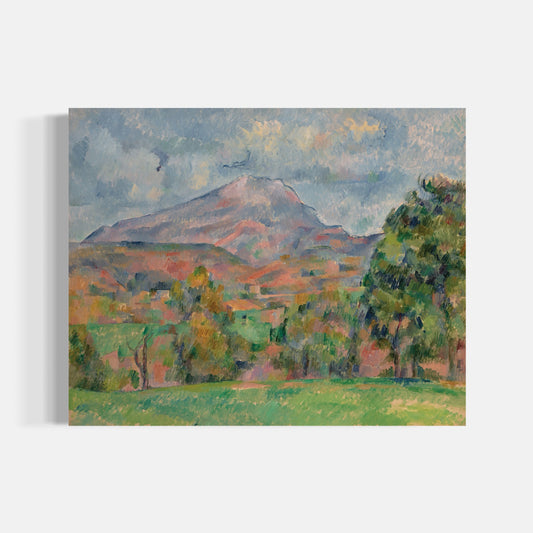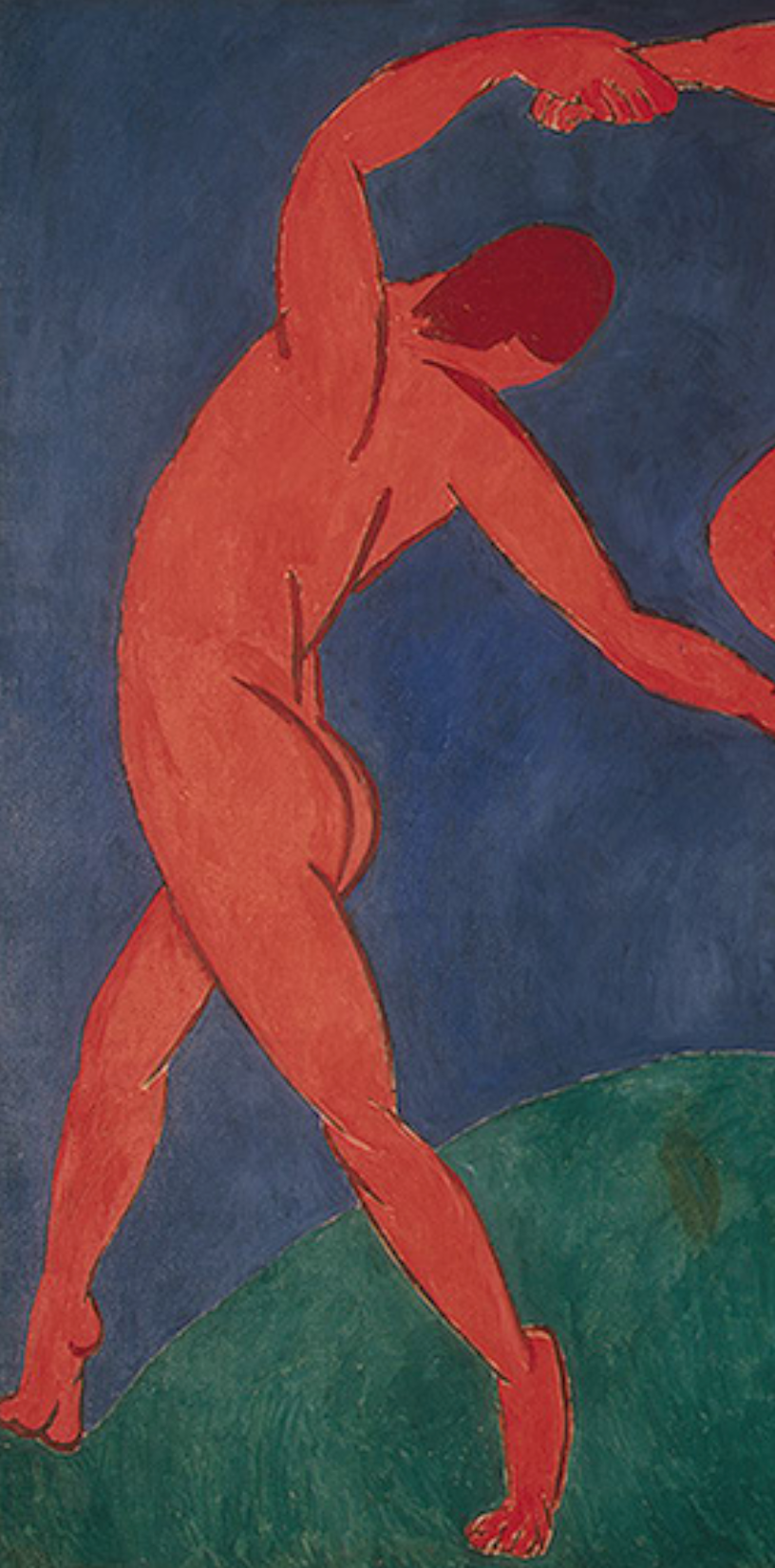
Fauvism
Era: 1905 -1925
Emerging in France around 1905, Fauvism is an artistic movement characterized by the bold and unnatural use of bright, pure colors, applied in broad strokes to create a strong visual impact. Fauvist artists, such as Henri Matisse, André Derain and Maurice de Vlaminck, favored emotional expression and freedom of color over realistic representation.
The term "fauvism" comes from the French word fauves, meaning "wild beasts" or "wild beasts", a nickname given by the art critic Louis Vaucelles in reaction to the vigor and audacity of the works exhibited at the Salon d'Automne of 1904. The Fauves rejected subtle nuances and academic conventions, preferring vibrant palettes and simplified compositions.
Henri Matisse, a central figure of the movement, created iconic works like “La Danse” and “La Joie de Vivre” where intense colors and fluid shapes evoke a feeling of dynamism and joy. André Derain, for his part, uses striking color contrasts to capture the light and atmosphere of landscapes.
In summary, Fauvism marks a break with past artistic traditions; it is a movement that celebrates the expressive power of color, seeking to convey direct and intense emotions through vibrant and bold compositions.
Remarkable Artwork
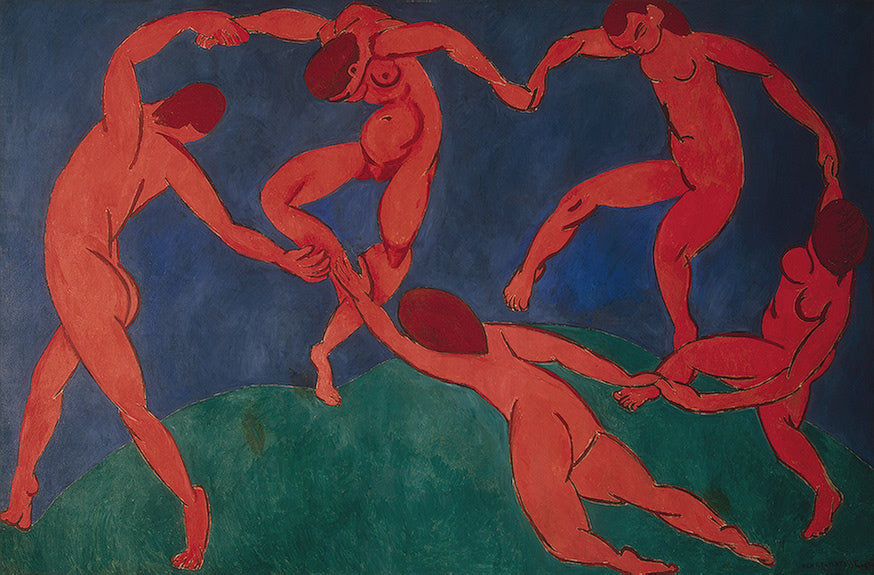
The Dance I
Henri Matisse
Year of creation: 1910
Estimated Market Value: Priceless
Original Format: 260 x 391 cm
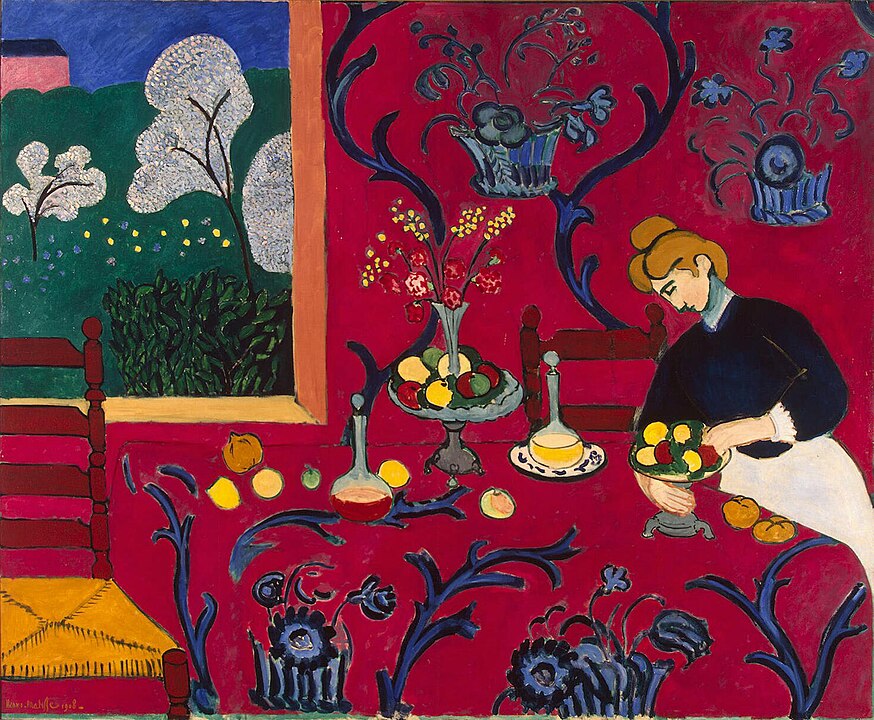
The Red Sideboard
Henri Matisse
Year of creation: 1908
Estimated Market Value: Priceless
Original Format: 97 x 130 cm
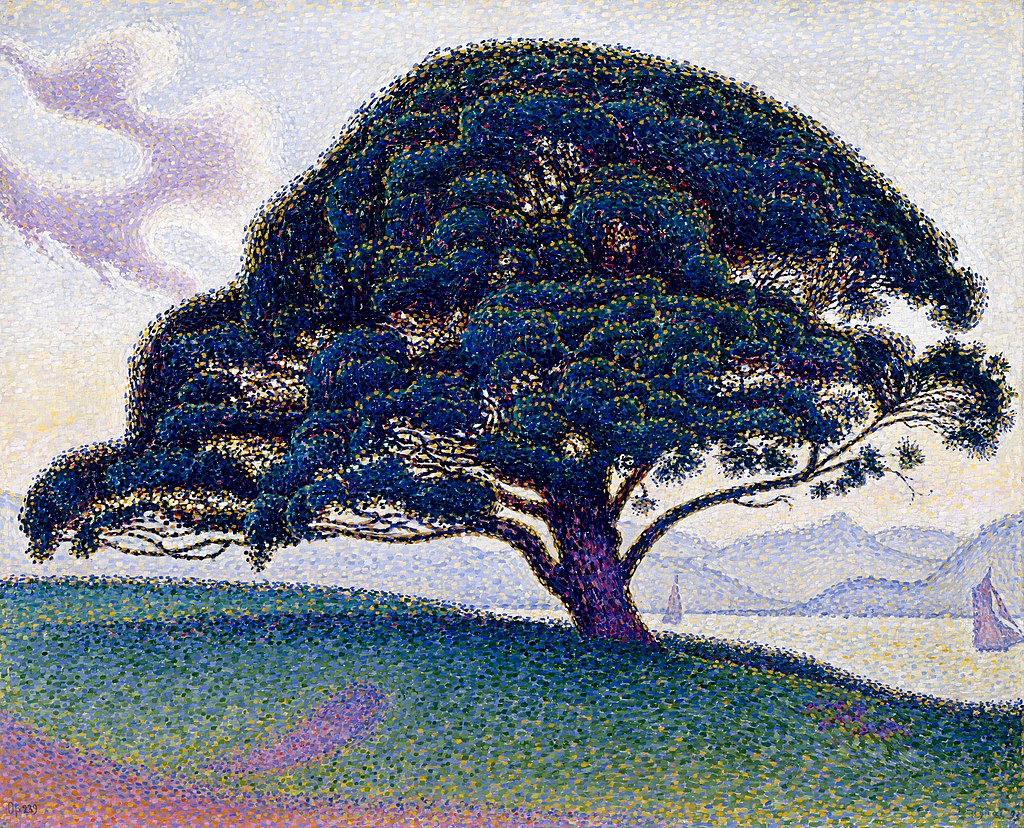
The Bonaventure Pine
Paul Signac
Year of creation: 1893
Estimated Market Value: 4 M$
Original Format: 81 x 65 cm
Available to Purchase
-
The Flowing Hair
Regular price From $225.00 CADRegular priceUnit price / per -
Mont Sainte Victoire
Regular price From $235.00 CADRegular priceUnit price / per


